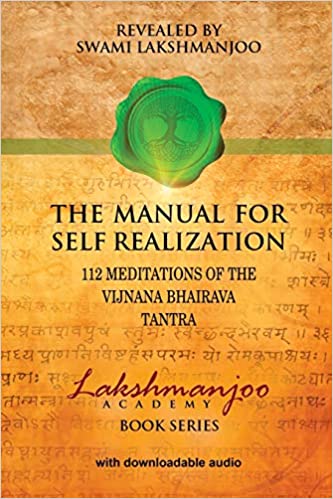meditation 3

When mind
is silent
and breath
ceases
flowing in
and out
of its own accord
it abides
in the center.
Abide
in the moment.
Divinity
manifests.
Notes:
Lakshmanjoo and Muju's original reads as follows:
When the mind is silent and breath ceases to flow in and out, it stays of its own accord in the centre. Watch the moment. Divinity dawns.
Because in this state there is no mantra, no breath—only throught-free awareness in the central channel—Swamiji assigns this dhāraṇā to Śāmbhavopāya.
You may have noticed there is no mention of the location of the central channel.
The wholeness of the life within the egg of Being (all the colors and limbs of the peacock in liquid form) transcends time-space and signification, abiding before language and symbols.
Prior to peacock.
As in the presymbolic, breastfeeding infant's EEG coherence, there is no notion or question of Where?
There is only shoreless I am.
When breath and thought pause, the Center blooms of itself.
The space that engrosses the mind, however, is never that infinite simplicity of shoreless, oneness but is constantly dividing, elaborating, slicing, devising objects, territories, languages, works.
The dividing mind never ceases to demarcate the universe, whose fluid confines (infinitely fluid, for they are constituted of a non-object) constantly question the mind's signifying, symbol-spinning identities.
At this point, I should remind readers of Swamiji's words in his "Exposition on Kashmir Shaivism":
Any method, however subtle, can be only a result of a thought process—a product of mind. Hence it cannot touch that which is beyond thought, beyond mind. The mind can penetrate, at best, up to its own frontiers. Do what it will, it cannot go beyond its limits of time and space. Methods, one and all, are not only useless at this stage but rather obstacles. A method implies duality—a seeker and an object of search, a devotee and an object of devotion. The ever-present, all-pervading, all-knowing Totality needs not to be beseeched or coaxed. It arrives unsought, like a fresh breeze from the mountaintop, when the mind is free from thought and seeking.
There are some [dhāraṇās] that belong to Anav-upaya, many which are of Shakta-upaya, and a few of Shambhav-upaya. Yet, if one would pursue any one of these steadfastly and intelligently, it can lead one, by stages, from Anav to Shakta and from Shakta to the Shamabhav state. It is not desirable that an aspirant should try all the ways. Different ways are annunciated to suit different temperaments and different people at different stages of the path. So, an earnest aspirant should select one or two ways only, which, after very careful consideration, appear to the aspirant to be most suitable, and then try these with perseverance and faith. After one has made some progress, if one finds it necessary, one may change to some other way or ways, but one should, in no case, try to be too ambitious and select a large number of ways at one time, nor so fickle as to make constant changes. We shall attempt to explain, as clearly as possible, even things that have remained secret so far, but even then we cannot claim to replace the direct guidance of a worthy preceptor.
Irresistible:
Waka buffs may have noticed a couple of pivot phrases.
